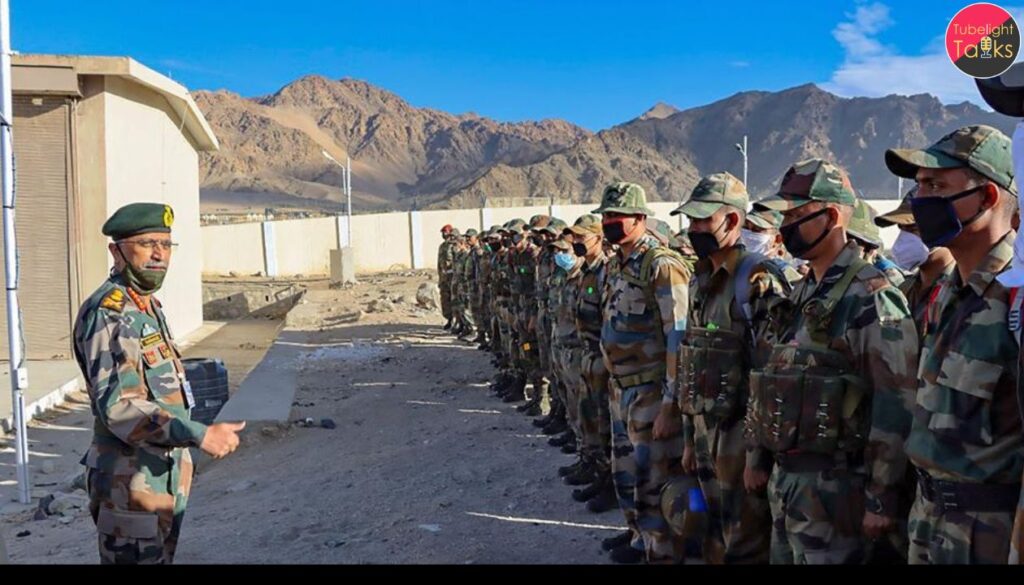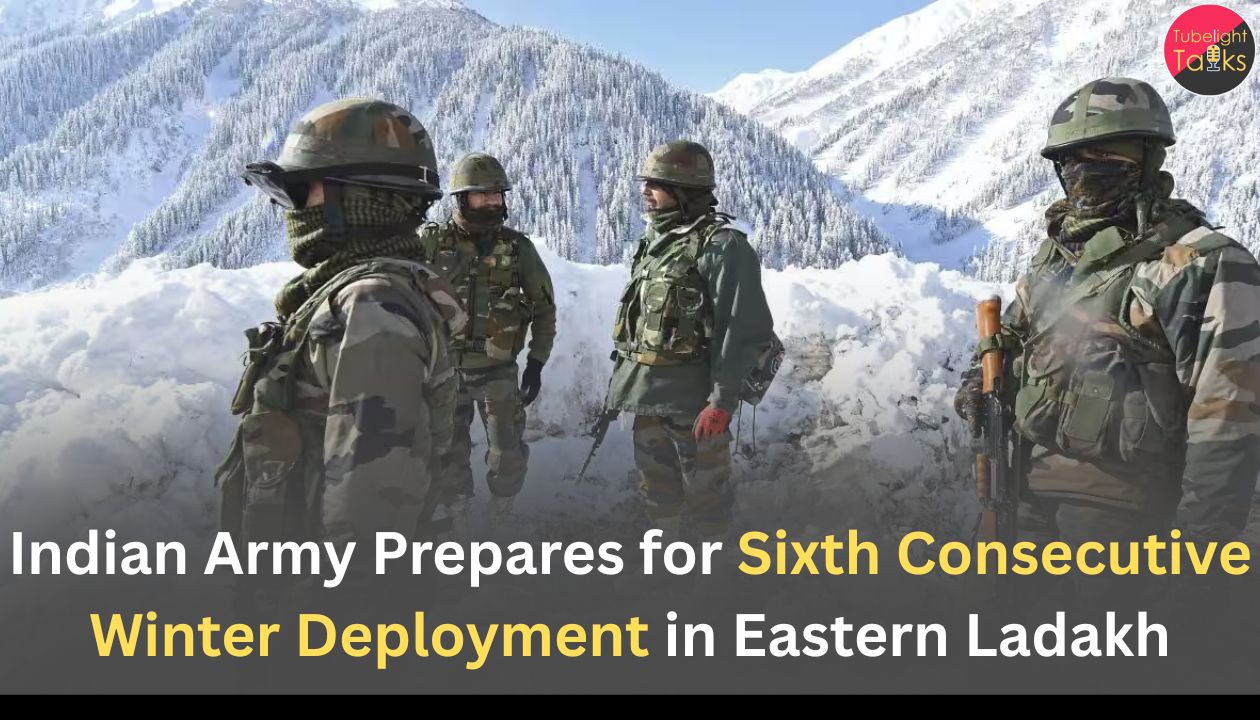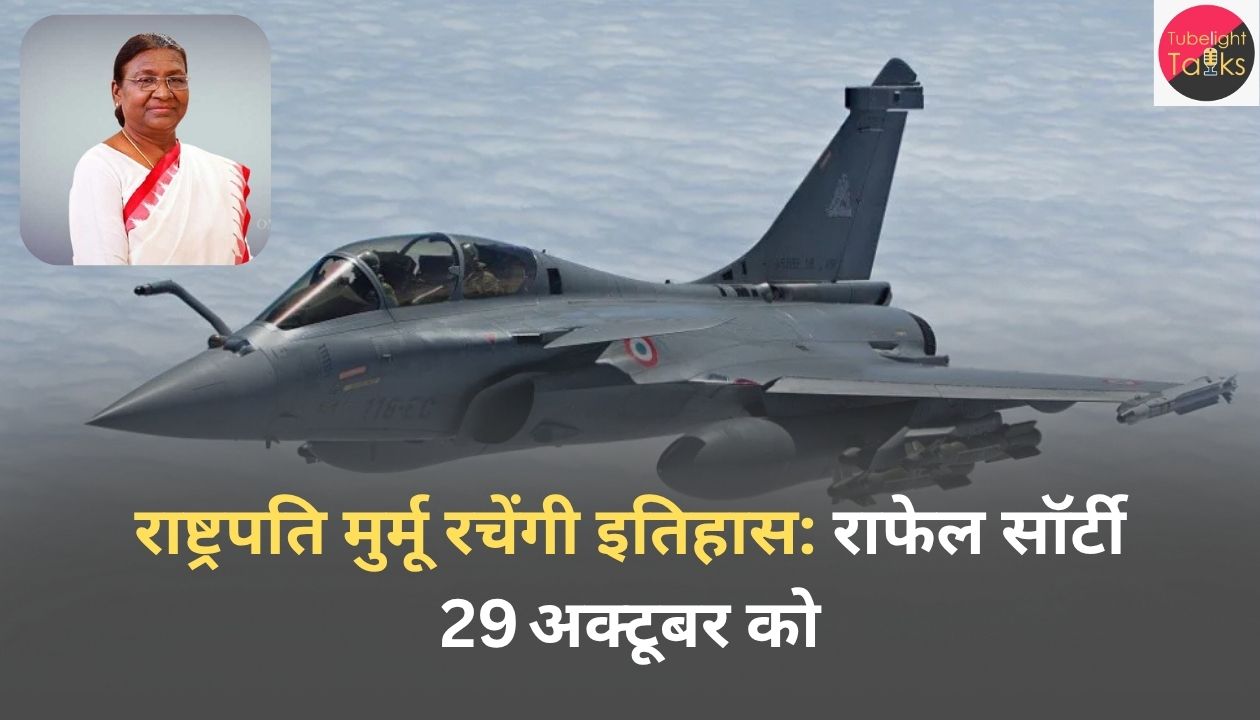The Indian Army is gearing up for its 6th consecutive winter deployment in the high‑altitude region of Eastern Ladakh along the Line of Actual Control (LAC) with China, even as the border has remained calm this year. This year’s posture focuses less on major troop build‑ups and more on surveillance, redeployment and technology‑enabled monitoring of the border region.
Background and Current Context
- Since the 2020 standoff at the LAC, the Indian Army has maintained a significant forward deployment in eastern Ladakh. With no large‑scale disengagement, the sixth winter sees troops continuing to hold positions, albeit with some adjustments.
- The trust between the two sides remains fragile, despite the completion of disengagement at some legacy friction points like Depsang Plains and Demchok in November 2024.
Key Elements of This Year’s Winter Strategy
- Redeployment of Forward Posts
- Some troops positioned at the highest‑altitude forward posts will be temporarily shifted to slightly lower company or platoon locations for better sustainment.
- Reserve brigades and a full division remain ready to reinforce as needed.
- Some troops positioned at the highest‑altitude forward posts will be temporarily shifted to slightly lower company or platoon locations for better sustainment.
- Surveillance Infrastructure Enhancement
- Emphasis on advanced surveillance including drones, winter air sorties and sensors to monitor the border round‑the‑clock.
- Geo‑tagging of key border features (rocks, spurs, patrol paths) is nearly complete, enabling precise terrain tracking.
- Emphasis on advanced surveillance including drones, winter air sorties and sensors to monitor the border round‑the‑clock.
- Leave & Troop Rotation Adjustments
- Leave quotas for troops in the region will be modified to ensure higher troop density during summer, enabling strength redistribution in winter.
- Leave quotas for troops in the region will be modified to ensure higher troop density during summer, enabling strength redistribution in winter.
- Forward Logistics & Winterization
- Pre‑positioning of fuel, food, winter clothing and equipment continues, given that harsh weather makes resupply harder once snow sets in.
- Minimal outward signs of major new infrastructure; focus is stability and sustainment.
- Pre‑positioning of fuel, food, winter clothing and equipment continues, given that harsh weather makes resupply harder once snow sets in.
Strategic Implications
- The posture signals that India views the eastern Ladakh frontier as locked‑in for the long term, even if large‑scale Pakistani or Chinese escalation is not imminent.
- The shift toward surveillance‑first strategy reflects a change from high‑visibility troop concentrations to persistent monitoring and deterrence.
- Completion of geo‑tagging and digital monitoring helps India map the terrain more precisely and reduces the risk of inadvertent patrol clashes.
- The steady deployment, despite calm conditions, underscores India’s caution vis‑à‑vis Chinese infrastructure and troop presence in the region.
Challenges Ahead
- Harsh winter temperatures, down to‑30 °C and lower wind‑chill in some sectors, make sustainment of high‑altitude posts extremely difficult.
- Logistical constraints: Once snow cuts off many supply lines, the Army must rely on air‑lifting or pre‑stocked stores.
- The lull in major incidents may mask underlying tensions: although no clashes reported recently, a stalemate still means readiness must be sustained.
- Ensuring welfare and morale of troops in isolated, austere conditions remains a persistent concern.

Spiritual Reflection: Service Amid Isolation
In remote winter deployments, soldiers endure extreme conditions and isolation. The teachings of Sant Rampal Ji Maharaj bring to light the values of purposeful service, self‑sacrifice and commitment to duty.
“True courage is not only in active battle, but also in standing firm, unseen and un‑celebrated, when others have turned inwards.”
For troops guarding the heights of Ladakh, the spiritual message is clear: service to nation mirrors the inner journey of service to the Supreme God. The outer vantage of the mountains can become a mirror for inner clarity.
Call to Action
- For Citizens: Acknowledge and support the welfare of those deployed in extreme conditions—mental health, equipment, and family support matter.
- For Defence Planners: Continue to invest in technology, logistics and troop welfare programs that reduce risk and enhance readiness.
- For Policymakers: Balance forward deployments with diplomatic efforts—surveillance and infrastructure must go hand‑in‑hand with dialogue.
- For Young Aspirants: Understand that modern soldiering is not only about weapons—it’s about resilience, system‑thinking, tech‑savvy readiness and above all, service.
Also Read: India’s Exercise Trishul: A Strategic Leap in Joint War‑Fighting
FAQs: Sixth Winter Deployment in Eastern Ladakh
Q1. Why is this the sixth winter deployment?
Since the 2020 standoff at the LAC, the Army has held positions in eastern Ladakh for consecutive winters—2020–2025—marking the sixth repeat.
Q2. Has India reduced troop strength this winter?
No large‑scale reduction is planned; instead, redeployment and surveillance upgrades are the focus.
Q3. What is geo‑tagging and why is it important?
Geo‑tagging means digitally mapping key terrain features with precise coordinates; this aids patrol clarity, dispute avoidance and operational efficiency.
Q4. Is there a risk of renewed clash?
The risk remains. The calm this year is due to force posture and mechanisms of dialogue, but readiness remains critical.
Q5. What is the aim of heightened surveillance?
To maintain deterrence by tracking movement, infrastructure building, and threats in remote areas—reducing reliance on large troop footprints.
Q6. How does this affect India’s China strategy?
It reflects a long‑term shift: from mass deployment to tech‑enabled monitoring, while keeping diplomatic channels open and other sectors (like economy and infrastructure) moving forward.










